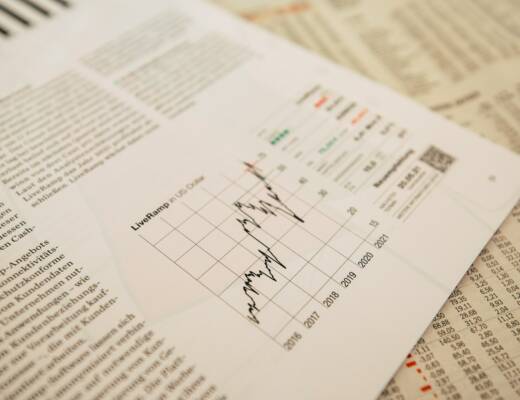
The Federal Reserve cut interest rates by half a percentage point on Wednesday, even as U.S. stocks traded near record highs. This unexpected move has investors looking to history for clues about what might happen next in the markets. Since 1990, the Fed has cut rates seven times when the S&P 500 was within 1% of an all-time high.
On those occasions, stocks usually rose on the day of the decision, with a median gain of 0.51%. However, six months later, the performance was mixed, with stocks rising just 57.1% of the time and a median gain of only 0.62%. JPMorgan analysts looked back even further, 40 years, and found 12 instances of the Fed cutting rates with the S&P 500 close to a record.
In all 12 cases, the market was higher a year later, with an average return of about 15%. While these numbers offer some insight, they don’t necessarily predict the direction of stocks over the entire easing cycle. Historically, only half of the bond rally has occurred by the time of the first cut.
The outcome heavily depends on whether the Fed has prevented a recession or if the rate relief came too late for equities. Fed Chair Jerome Powell emphasized that the labor market was solid, citing maximum employment and steady economic growth. Yet, the sharp cut raises questions, especially given the current positive economic indicators.
The Fed’s dot plot suggests officials expect another half percentage point of rate cuts by year-end.
Previous Post




